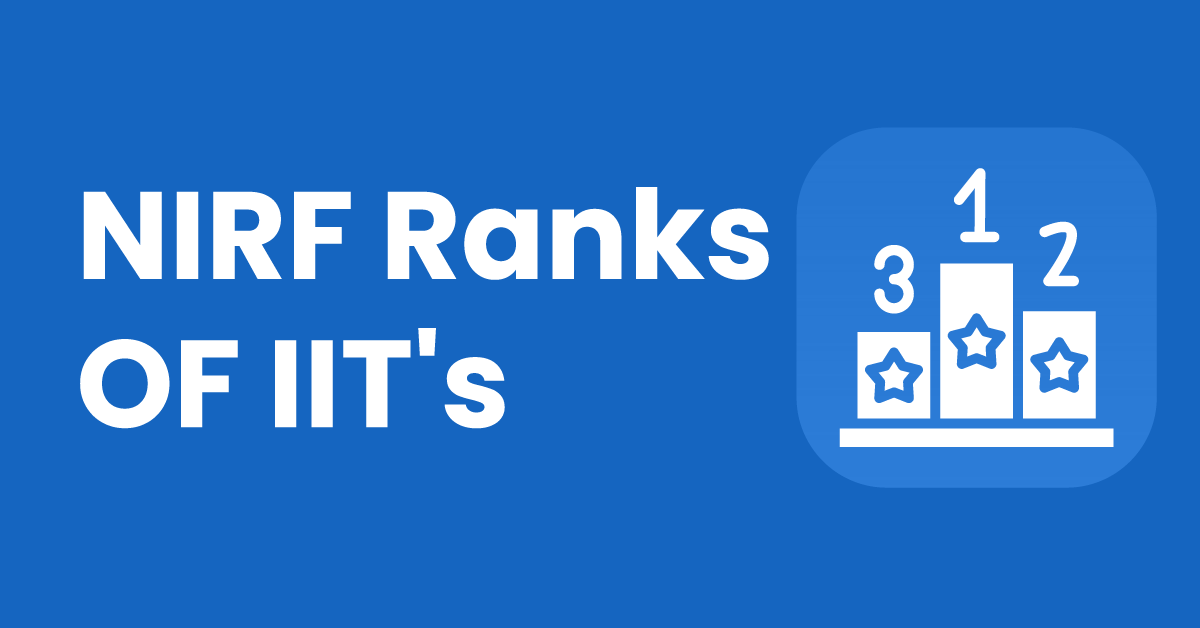Understanding the National Institutional Ranking Framework (NIRF) and how the Indian Institutes of Technology (IITs) consistently dominate

The NIRF is a ranking system instituted by the Ministry of Education, Government of India, to evaluate higher-education institutions across a number of categories and criteria. It is designed to provide prospective students, parents and policymakers with an objective snapshot of an institution’s performance.
What parameters does NIRF evaluate?
The framework assesses institutes based on five broad dimensions
- Teaching, Learning & Resources (TLR)
- Research & Professional Practice (RP)
- Graduation Outcomes (GO)
- Outreach & Inclusivity (OI)
- Perception (PR)
Each institution’s score across these categories is aggregated to produce a final rank in a given category (such as “Engineering”, “Universities”, or “Overall”).
Why do the IITs lead the charts?
In the 2025 NIRF rankings, the IITs again asserted their dominance, especially in the ‘Engineering’ category. For instance, Indian Institute of Technology Madras retained the top rank in Engineering, followed by IIT Delhi and IIT Bombay.
Several factors contribute to this
- Strong research culture, industry partnerships and high-impact publications.
- Robust infrastructure and resources, enabling top-tier teaching and learning.
- Excellent placement records and alumni networks that enhance the “Perception” parameter.
- A national reputation spanning decades which secures high peer-review and public perception scoring.
Key takeaways for students and stakeholders
- Rankings are a starting point, not the sole decision metric. While IITs score very highly, other institutions may excel in niche areas or specific subjects even if their overall ranking is lower.
- Category matters: A university might rank well overall but not be the top for engineering, or vice versa. It helps to look at discipline-specific ranks and scores.
- Trends over time: Institutions that not only achieve a high rank once but sustain or improve their rank show long-term stability and growth.
- Understand your priorities: If your goal is a strong research environment, check the “Research & Professional Practice” parameter. For placements and outcomes, look at “Graduation Outcomes”.
- Complement with other checks: Visits to campus, curriculum details, faculty profiles, student feedback and placement data can provide insights beyond what rankings capture.
NIRF 2025 Engineering Rankings – Top IITs
| IIT Name | Score* |
| IIT Madras | 88.72 |
| IIT Delhi | 85.74 |
| IIT Bombay | 83.65 |
| IIT Kanpur | 81.82 |
| IIT Kharagpur | 78.69 |
| IIT Roorkee | 75.44 |
| IIT Hyderabad | 72.31 |
| IIT Guwahati | 72.24 |
| IIT (BHU) Varanasi | 67.24 |
*Score indicates the composite score assigned by NIRF across parameters.
Final Important Information
The NIRF rankings offer a credible, systematic way to compare institutions on many important dimensions — and the IITs’ consistent top placements reflect their sustained excellence across those metrics. However, it’s essential for aspiring students to interpret these rankings in the context of their own goals, academic discipline and career aspirations. Rankings should inform, not dictate, one’s decision.












